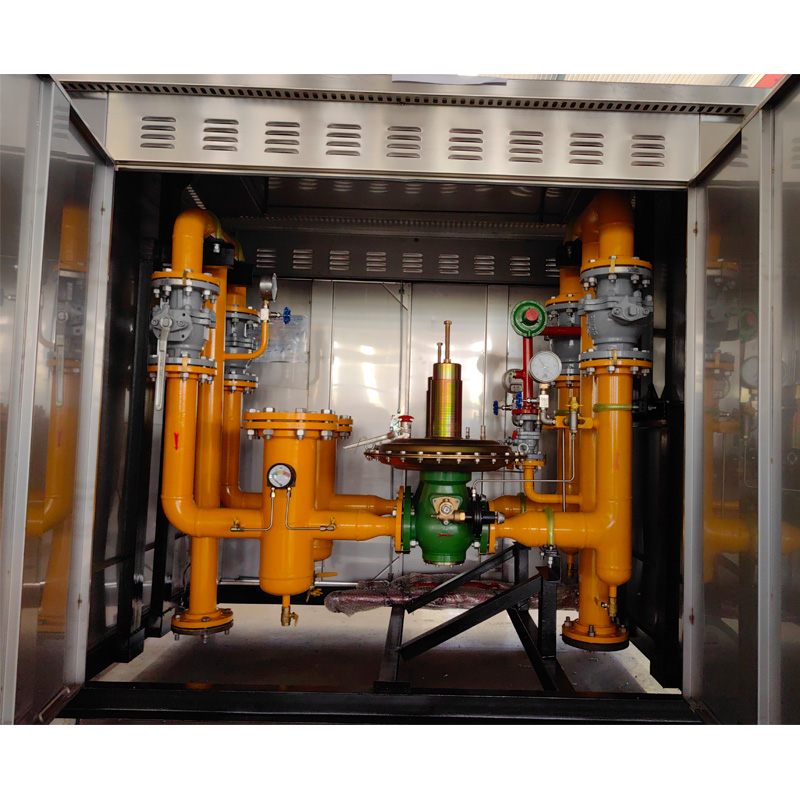
Oct . 02, 2024 12:16
Back to list
صمام التنفيس
Understanding Pressure Relief Valves Their Importance and Functionality
Pressure relief valves (PRVs) are critical components in various industrial processes, ensuring safety and efficiency. Their primary function is to prevent excessive pressure build-up in systems, which could lead to catastrophic failures or hazardous situations. This article explores the significance of pressure relief valves, their working mechanisms, and their applications across different industries.
The Necessity of Pressure Relief Valves
In many industrial settings, machinery and equipment operate under high-pressure conditions. As processes generate heat and increase pressure, there is a risk of exceeding the designated pressure limits of the system. When this happens, pressure relief valves act as safety devices designed to release pressure when it surpasses a predetermined threshold. This prevents equipment damage, potential explosions, or leaks, safeguarding both personnel and assets.
In essence, pressure relief valves serve as a critical line of defense in systems handling gases, liquids, or vapors. Their effectiveness not only protects physical structures but also ensures compliance with safety regulations, which are paramount in industries such as oil and gas, chemical manufacturing, and pharmaceuticals.
How Pressure Relief Valves Work
.
Most pressure relief valves are spring-loaded, meaning they have a spring that holds the valve shut when the pressure is within safe limits. The set pressure is adjusted by changing the tension of the spring. When the pressure reaches the set limit, the force of the gas or liquid counteracts the spring’s tension, causing the valve to open.
صمام التنفيس

There are different types of pressure relief valves, including
1. Spring-Loaded Relief Valves The most common type, utilizing a spring mechanism to open and close. 2. Pilot-Operated Relief Valves These valves are controlled by a smaller valve (the pilot), which regulates the larger valve, providing greater accuracy and responsiveness. 3. Rupture Disks A non-reclosing device that bursts at a predetermined pressure, providing a one-time relief option.
Applications of Pressure Relief Valves
Pressure relief valves are universally employed across various sectors. In the oil and gas industry, they ensure that pipelines and storage tanks do not become over-pressurized, which could lead to spills or explosions. In the chemical industry, PRVs protect reactors and storage vessels, maintaining safe conditions during production processes.
Moreover, in the water supply systems, pressure relief valves are vital in maintaining desired pressure levels, preventing pipeline bursts. In residential settings, these valves are found in water heaters and boilers, ensuring household safety by managing pressure in hot water systems.
Conclusion
In summary, pressure relief valves are indispensable components in maintaining safety and efficiency in industrial and residential systems alike. By preventing overpressure scenarios, they protect equipment, preserve human life, and promote operational reliability. As industries continue to evolve and face new challenges, the importance of these safety devices will only grow, underlining the need for ongoing innovation and implementation of effective pressure relief solutions.
Latest news
-
Safety Valve Spring-Loaded Design Overpressure ProtectionNewsJul.25,2025
-
Precision Voltage Regulator AC5 Accuracy Grade PerformanceNewsJul.25,2025
-
Natural Gas Pressure Regulating Skid Industrial Pipeline ApplicationsNewsJul.25,2025
-
Natural Gas Filter Stainless Steel Mesh Element DesignNewsJul.25,2025
-
Gas Pressure Regulator Valve Direct-Acting Spring-Loaded DesignNewsJul.25,2025
-
Decompression Equipment Multi-Stage Heat Exchange System DesignNewsJul.25,2025

